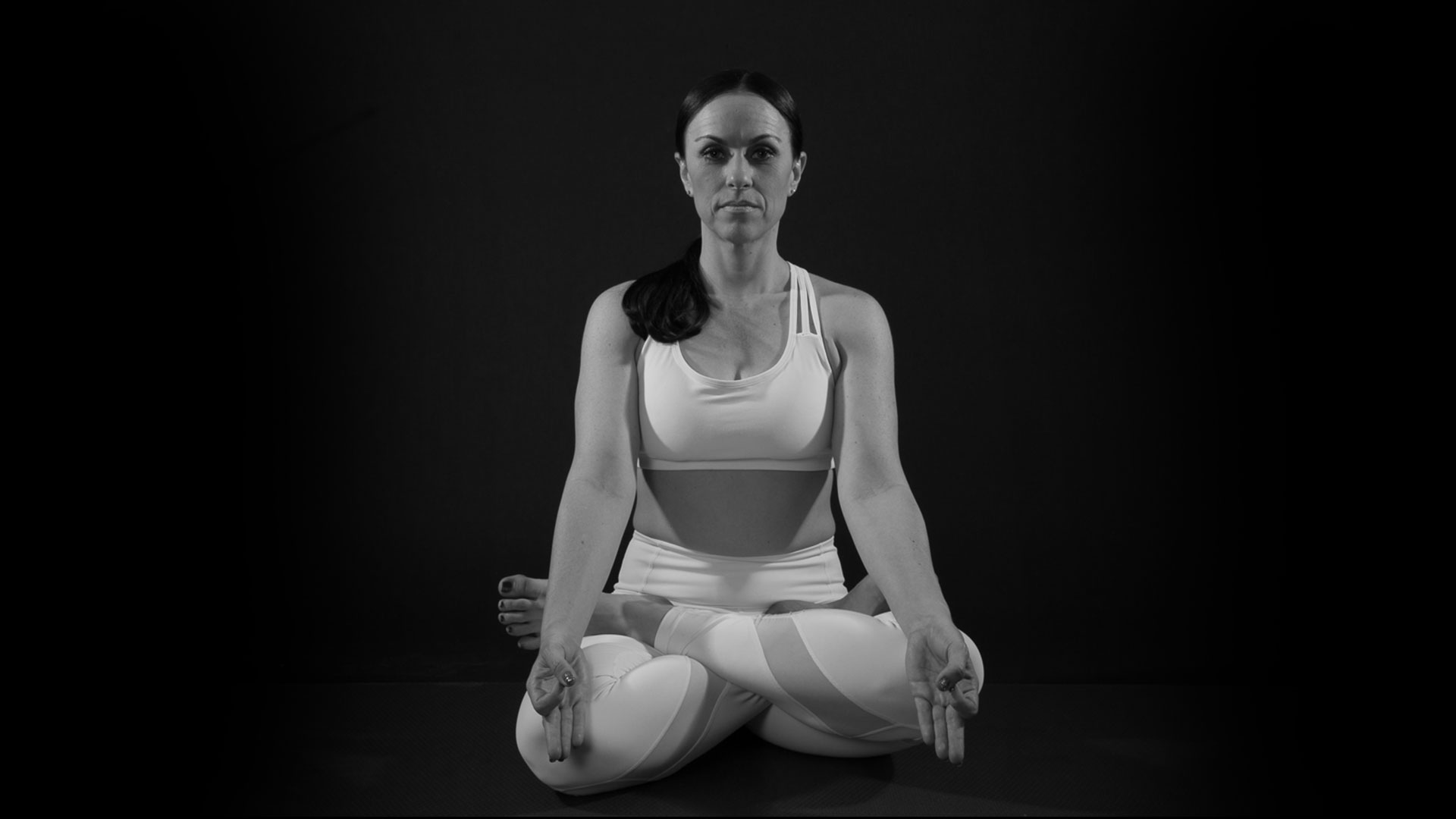NO MUD, NO LOTUS
Money Messages from the Mat (Part One)
Welcome to the first digest of the “Money Messages from the Mat” series. Over the next several weeks, I’ll be taking one yoga pose at a time, and showing you how to apply the lessons we learn from these postures, out into the real world to redefine our relationship with money.
No Mud, No Lotus
Thich Nhat Hanh, the wise Vietnamese Zen Buddhist spiritual leader coined the phrase, “No mud, no lotus.” In other words, we can’t run away from suffering and still expect to bloom. Creating positive change in our lives is likely to bring on the mud, the messiness, and the discomforts of life, and yet, somehow, the hard work can make the light at the end of the tunnel even that much brighter.
Padmasana (Lotus Pose)
Padmasana, or Lotus Pose, is a seated, cross-legged posture which helps prepare our minds for meditation and breathing exercises. I chose this posture as the first in this series because really, isn’t it the epitome of yoga? When we think of yoga, lotus pose is probably the first posture that comes to mind. It’s even the picture of the yoga emoji on our phones for goodness sakes!
My Mud
When I first began practicing yoga years ago, I would dread this pose, which most often comes at the end of class. By then I was beat, and the teacher’s counting seemed to drag on eternally, and was painfully slow (just like oozing mud). I silently begged for a wall to lean against, and listened to my stomach rumble as I thought about my next meal. And you know what they say in yoga when you dislike a pose? That you need more of it!
My Lotus
And so, I bore the suffering until one day, I understood why the counting was so slow…it was to slow down our breathing so that our inhales matched the lengths of our exhales, to still our minds, and to be present in the moment. Lotus pose may look deceptively simple, however, it requires concentration, good posture and a sense of stillness which is hard to come by for most of us these days. However, with consistent practice of this posture, you are likely to bloom, both physically and mentally, just like the lotus flower.
Money Mud
So, what is it that most us do when we are suffering? We run away from it, distract ourselves, and consume! We have been trained to desire immediate gratification. I see this all too often as a financial planner when clients walk through the door. Climbing out of debt seems like a mountain that just can’t be climbed, budgeting seems like a bore and keeps you from your new favorite pair of shoes that are waiting to be bought, and saving for the future is so far away, it seems meaningless. And so, our finances continue to remain in a state of disarray.
Bloom Baby Bloom
But, what if, like in the lotus pose, we just sat still and concentrated on the tasks at hand? Eventually, they wouldn’t seem so impossible, and we may just even begin to understand why they are so important! Here are some fast (instant gratification 😊) and easy tips on how to lean into the suffering of your current financial situation if you think it’s less than par.

5 Ways to Water your Lotus Flower
- Decide what you like best about money! Knowing why money is important to you is the best place to start when defining your goals. Will it give you more time for travel, or time with your family? Knowing why you value money is the first step in creating a plan that strives to get more of it!
- Have some idea of what direction you want to go! This doesn’t have to be a box that you neatly fit inside of, but knowing if you would like retirement to be around the corner, or rather, you want to work forever, puts you back in the driver’s seat instead of leaving things up to chance.
- Know your number! Knowing your net worth (how much you have vs. how much you owe) will tell you your financial story. Did you invest in the latest and greatest thing your next-door neighbor promised would bring you millions and left you with less than nothing? Did you borrow too much on your current mortgage to keep up with the Jones’? Instead of avoiding things that are hard to face, really studying the facts can help you strive in the future, and help you move on from previous guilt and blame.
- Budgeting is not a bore! It’s a tool that can lead to positive change. Cozy up with your honey over a nice meal, download an easy budget worksheet, and have at it. Mindful spending can turn around bad habits, make your purchases more deliberate, and may even make you more grateful for what you already have.
- Make more, spend less, and invest the rest! Sound like something your parents might say to you? Well, it’s true! Finding ways to increase your cash flow (taking on a side hustle, putting in overtime, or having a garage sale next weekend) along with working that budget, building up your emergency savings, and beginning to invest for your future, will likely cause blooming to become inevitable.

How To Sit in Lotus Pose
Simply, sit on a mat or the floor with legs stretched out in front of you, and a straight spine. Bend the right leg and place it on the left thigh. The sole of the foot should be facing upward, and the heel should be close to the abdomen. Then, repeat the same steps with the other leg. Next, place your hands on the knees in the Gyan Mudra position (see photo) with thumb and fore-finger forming a circle, and hand turned palm side up. Begin to breathe in and out, slowly through the nose. As a modification, you may sit in a simple cross-legged position, or sit in half-lotus pose (Ardha Padmasana) by placing only one leg on the opposite thigh.
Benefits of Lotus Pose
It is said that with regular practice, Padmasana can:
*help calm the mind
* improve digestion
* reduce muscle tension
* lower blood pressure.
Until next time Yogis!
Be sure to click on the link if you would like to subscribe to my monthly newsletter!
The opinions voiced in this material are for general information only and are not intended to provide specific advice or recommendations for any individual. We suggest that you discuss your specific situation with your financial advisor prior to investing. All performance referenced is historical and is no guarantee of future results.
Investing in stock includes numerous specific risks including: the fluctuation of dividend, loss of principal and potential illiquidity of the investment in a falling market.
Dollar cost averaging involves continuous investment in securities regardless of fluctuation in price levels of such securities. An investor should consider their ability to continue purchasing through fluctuating price levels. Such a plan does not assure a profit and does not protect against loss in declining markets.
All investing involves risk including loss of principal. No strategy assures success or protects against loss.






